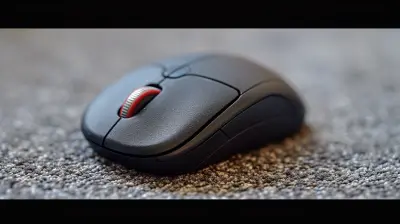How Drone Technology Is Being Used in Telecommunications
24 June 2025
Drones have come a long way from being mere toys for enthusiastic hobbyists or high-tech tools for adventurers capturing breathtaking aerial shots. Today, drones are transforming industries in ways we once thought were impossible. One industry where drones are making a significant impact is telecommunications.
Telecommunication companies have started adopting drone technology to solve some of the sector's most significant challenges, from infrastructure management to improving network coverage. Curious about how these flying marvels are changing the game? Let’s dive into how drone technology is being used in telecommunications and why it’s such a big deal.
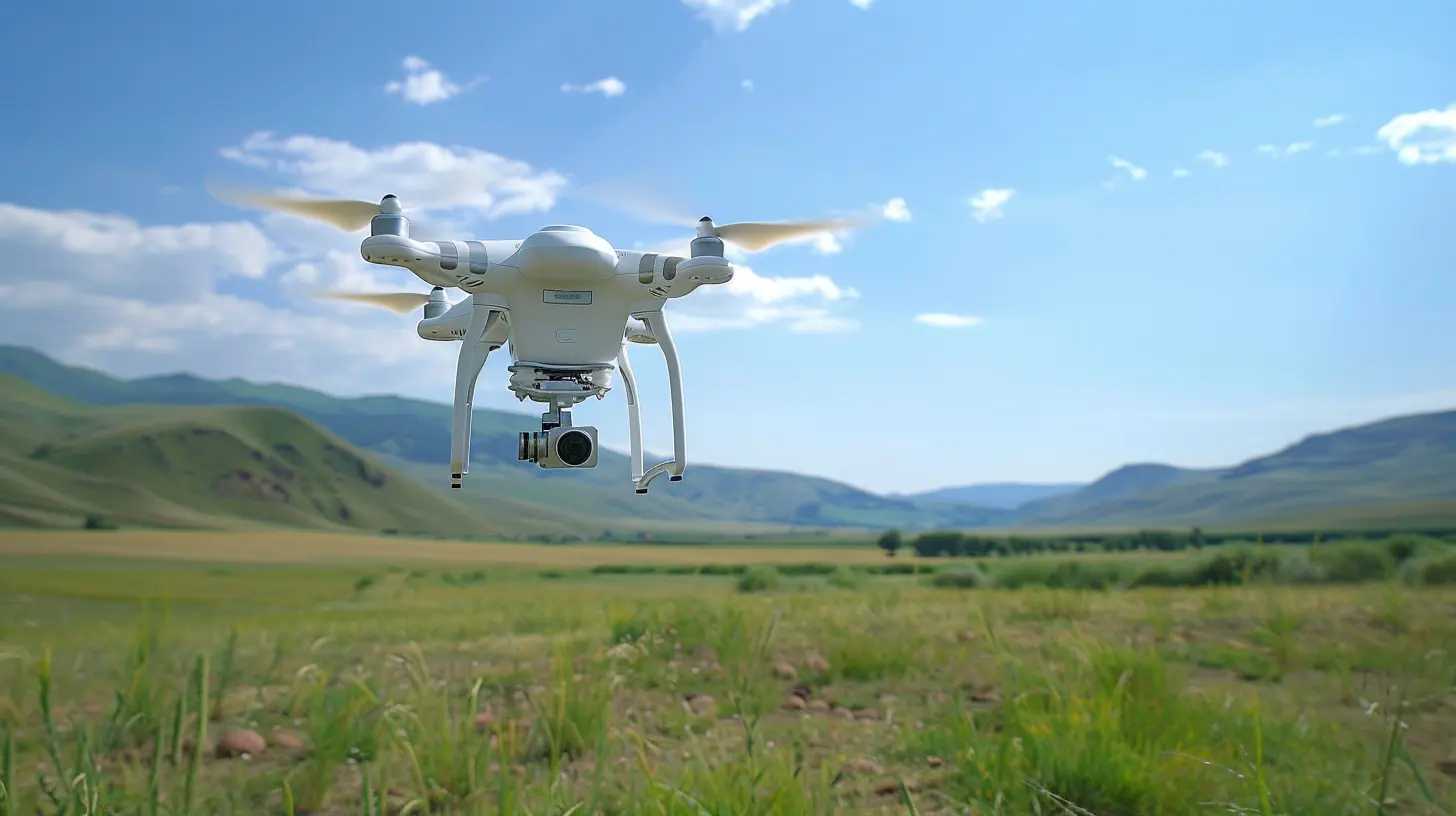
The Role of Drones in Telecommunications
When you think of the telecom industry, you probably imagine cell towers, fiber optics, satellites, and miles of cables. But drones? Not so much, right? However, with the rise of 5G and the need for faster, more reliable networks, drones are now stepping in to help telecom companies meet these growing demands.Drones are used for various tasks, from inspecting infrastructure to delivering equipment and even building cell towers in remote areas. These little tech marvels are not only saving time and money but also making the telecom sector safer and more efficient. Let’s break it down.
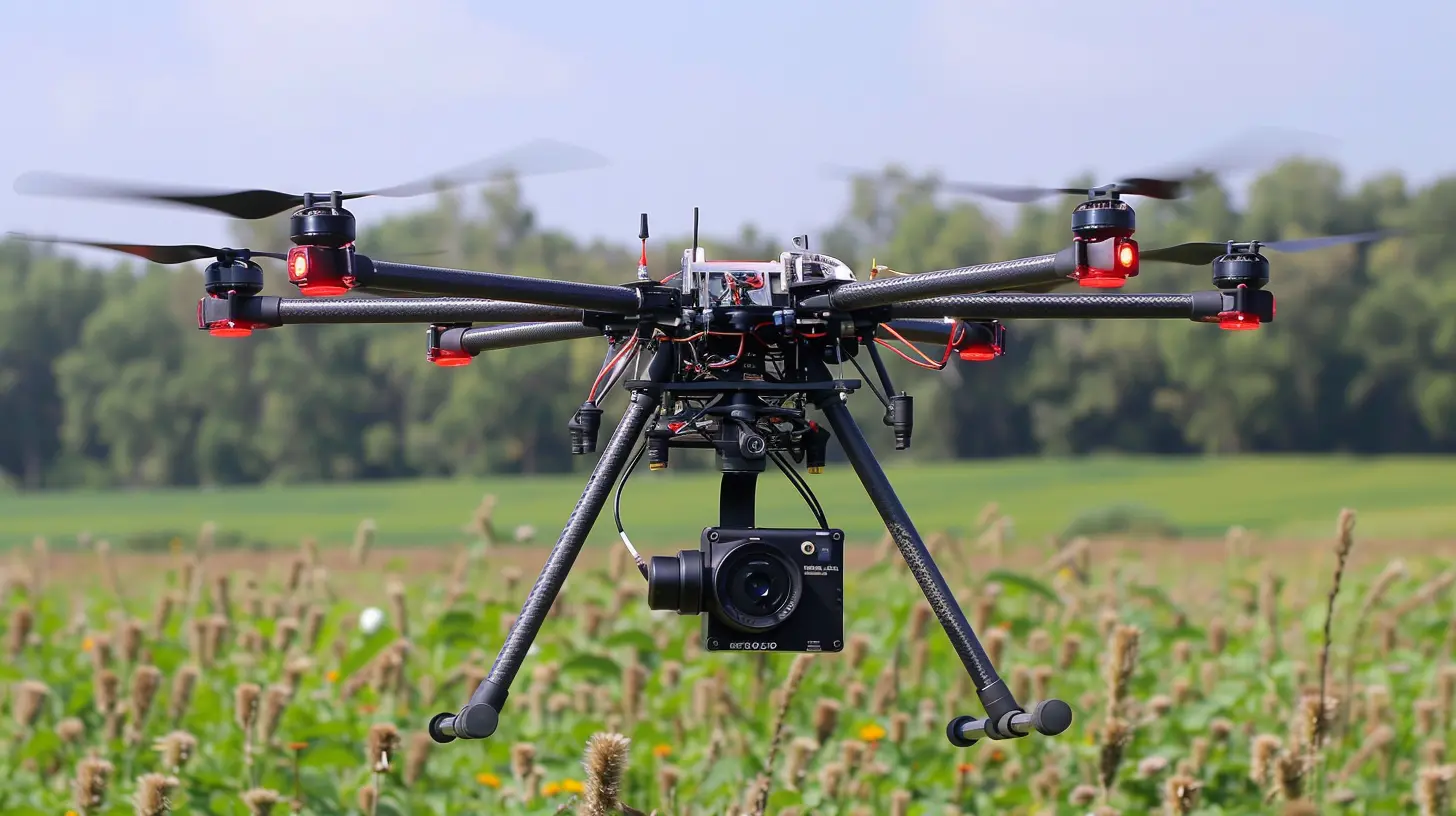
1. Cell Tower Inspections
Cell towers are the backbone of our communication networks. Without them, your phone wouldn’t have that precious 4G or 5G signal. But inspecting and maintaining these towers is no easy task. Traditionally, technicians had to climb up the towers, which could be hundreds of feet high. It’s a risky job, not to mention time-consuming and expensive.Enter drones. Equipped with high-definition cameras, drones can fly up to these towers and inspect them quickly, capturing detailed images and video that telecom companies can analyze remotely. The entire process is much faster than manual inspections, and more importantly, it keeps human workers safe.
Drones can also reach places that are difficult for technicians to access, like towers in rugged or remote terrains. No more sending a crew on a dangerous hike up a mountain to inspect a tower. A drone can easily fly up, take a look, and come back with all the data needed.
This also means that telecom companies can perform inspections more frequently, identifying maintenance issues before they become critical and avoiding costly outages. Think of drones as the eyes in the sky, always watching out for potential problems.
2. Network Coverage Mapping
Ever wondered how telecom companies figure out where to place cell towers? It’s not a random process. They need to ensure that towers are strategically placed to provide the best possible network coverage. Traditionally, this involved a lot of guesswork, manual surveys, and expensive ground-based measurements.Luckily, drone technology has made this process a whole lot easier. Drones equipped with sensors can fly over large areas and collect real-time data on signal strength, network traffic, and coverage gaps. This data allows telecom companies to create detailed 3D coverage maps, showing exactly where network improvements are needed.
And with the rollout of 5G—a technology that relies on a dense network of small cell towers—drones are becoming even more crucial. These 3D coverage maps help telecom companies decide where to place these towers, ensuring that 5G networks are as fast and reliable as possible.
3. Deploying Temporary Networks in Emergencies
Natural disasters like hurricanes, earthquakes, and wildfires can wreak havoc on telecommunications infrastructure. Cell towers can be damaged or destroyed, leaving entire communities without the ability to call for help or access critical information. In these situations, drones can be lifesavers—literally.Telecom companies are now using drones to deploy temporary communication networks in disaster-stricken areas. These drones act as flying cell towers, providing network coverage while repairs are being made on the ground. They can stay airborne for hours at a time, ensuring that people can still make emergency calls, send messages, or access the internet during a crisis.
Drones can also be used to assess the damage to telecom infrastructure after a disaster, helping companies prioritize repairs and get the network back up and running as quickly as possible. It’s like having a rapid-response team in the sky, ready to swoop in and save the day.
4. Building and Maintaining Telecom Infrastructure in Remote Areas
Not everyone lives in a big city with easy access to fast internet and reliable cell service. In fact, there are many remote areas around the world where building telecommunications infrastructure is incredibly challenging. It’s expensive, time-consuming, and sometimes even dangerous.This is where drones come in. Telecom companies are starting to use drones to deliver equipment and even assist in the construction of cell towers in hard-to-reach areas. Drones can carry small loads of tools and materials, flying them to locations that are difficult to access by vehicle or on foot.
In some cases, drones are also being used to deploy "drone-based networks," which are essentially flying communication hubs. These drones can hover over remote areas, providing temporary or even semi-permanent network coverage without the need for a physical cell tower.
This is especially useful in places like rural villages, mountainous regions, or offshore locations where building traditional telecom infrastructure would be a logistical nightmare. Think of drones as the modern-day equivalent of carrier pigeons, but way cooler and with a lot more tech.
5. Enhancing 5G Rollout
The rollout of 5G networks is one of the biggest technological advancements in recent years, promising faster speeds, lower latency, and the ability to support more connected devices than ever before. But deploying 5G isn't easy. It requires a dense network of small cell towers, which need to be strategically placed to ensure optimal coverage.Drones are playing a key role in the deployment of 5G networks by helping telecom companies survey sites, inspect existing infrastructure, and even assist in the installation of new equipment. Drones equipped with sensors and cameras can perform site inspections in a fraction of the time it would take a human team, and they can do it without disrupting traffic or requiring road closures.
Drones can also help telecom companies monitor the performance of 5G networks once they’re up and running. By flying over areas with high network traffic, drones can collect data on signal strength, interference, and other factors that affect network performance. This data allows telecom companies to optimize their networks in real-time, ensuring that users get the best possible 5G experience.
6. Cost Reduction and Efficiency
One of the biggest advantages of using drones in telecommunications is the significant cost savings. Traditional methods of inspecting cell towers, surveying sites, and maintaining infrastructure are not only time-consuming but also expensive. Sending a team of technicians to inspect a tower can cost thousands of dollars, especially if the site is remote or difficult to access.Drones, on the other hand, can perform these tasks at a fraction of the cost. They require fewer personnel, less equipment, and can complete tasks more quickly than human teams. This means that telecom companies can save money while also improving efficiency.
In addition to cost savings, drones also reduce the environmental impact of telecom operations. By using drones to inspect towers and survey sites, companies can reduce the number of vehicles they need to send to remote locations, cutting down on fuel consumption and emissions. It’s a win-win for both the environment and the bottom line.
7. Security and Surveillance
Telecom companies are also using drones to enhance the security of their infrastructure. Cell towers, fiber optic cables, and other telecom assets are often located in remote areas, making them vulnerable to theft or vandalism. Drones equipped with cameras can fly over these sites and monitor for any suspicious activity.Some telecom companies are even using drones for real-time surveillance of their infrastructure, allowing them to respond quickly to security threats. This not only helps protect valuable assets but also ensures that the network remains operational and secure.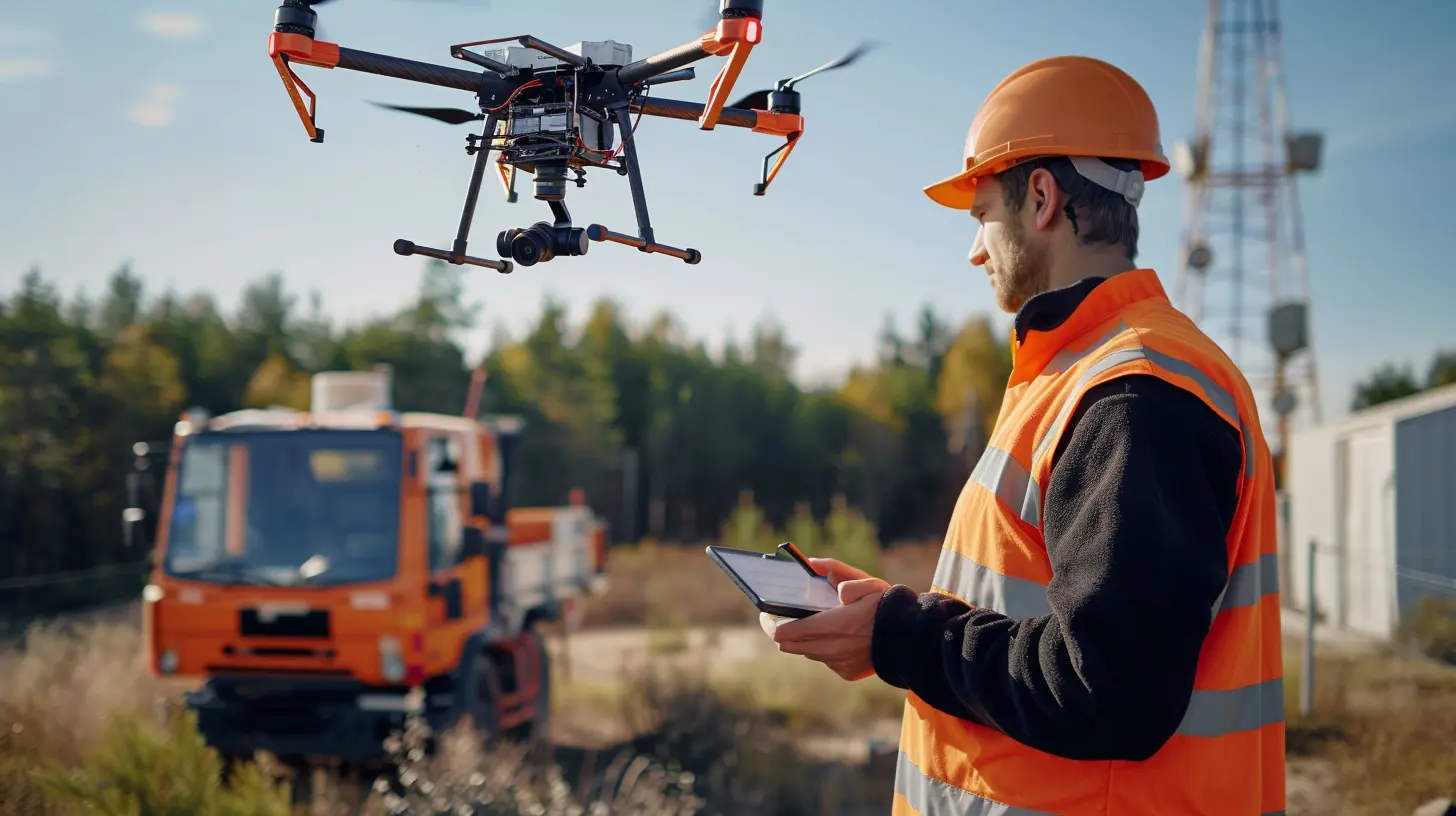
The Future of Drones in Telecommunications
The use of drones in telecommunications is still in its early stages, but the potential is enormous. As drone technology continues to evolve, we can expect to see even more innovative applications in the telecom sector. For example, drones could be used to deploy autonomous 5G networks in remote areas, or even to build and maintain entire networks without the need for human intervention.Moreover, the integration of artificial intelligence (AI) and machine learning with drones could revolutionize the way telecom companies manage their infrastructure. Drones could be equipped with AI-powered systems that can detect and diagnose problems in real-time, allowing for predictive maintenance and reducing the risk of network failures.
The future is bright for drones in telecommunications, and we’re just scratching the surface of what’s possible. One thing’s for sure: drones are here to stay, and they’re going to play a big role in shaping the future of our communication networks.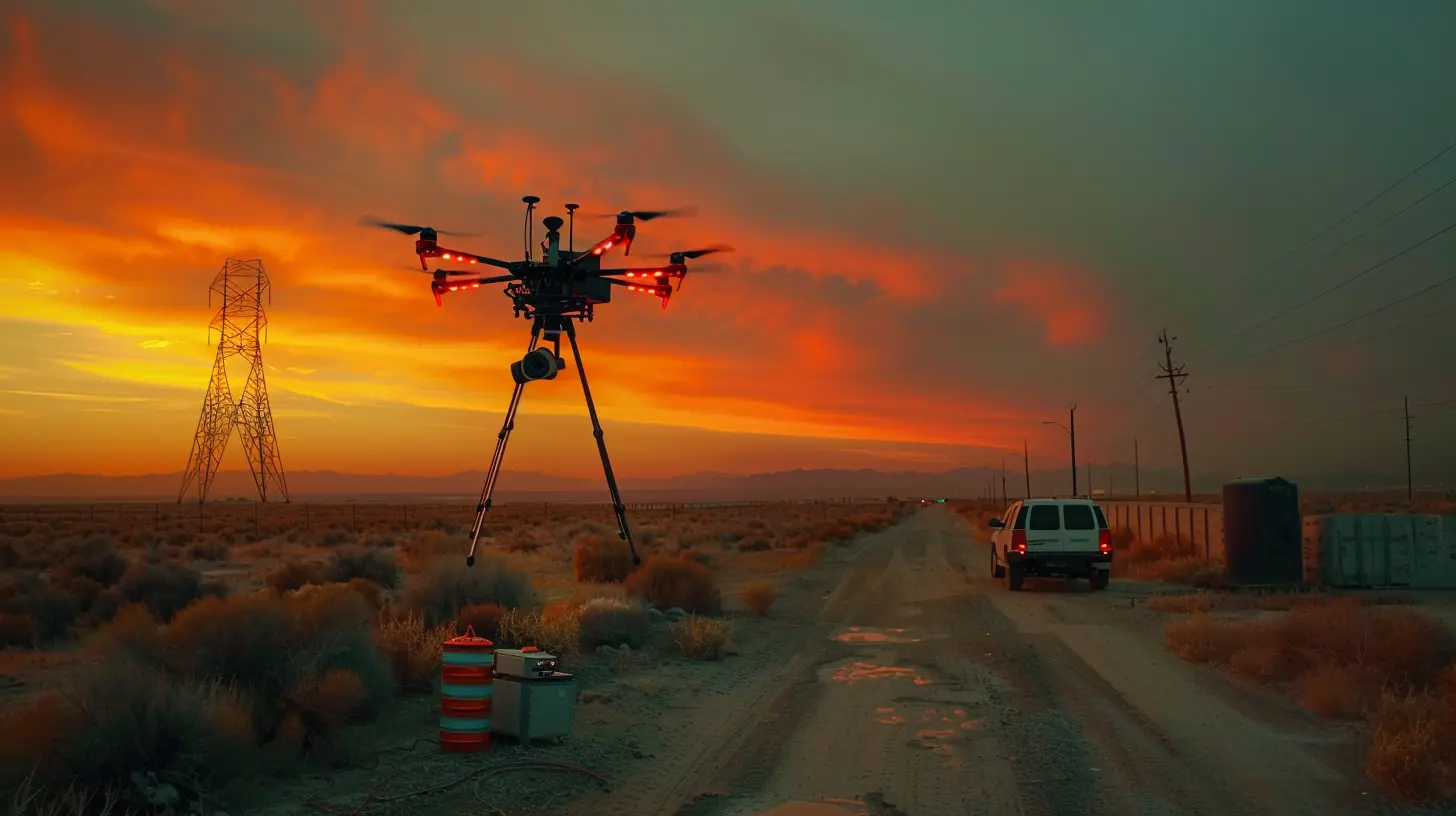
Conclusion
Drones are transforming the telecommunications industry in ways we never imagined. From inspecting cell towers and mapping network coverage to deploying temporary networks in emergencies and building infrastructure in remote areas, drones are making telecom operations faster, safer, and more efficient. With the rollout of 5G and the growing demand for reliable, high-speed networks, the role of drones in telecommunications is only going to get bigger.So, the next time you make a call or stream a video, remember that there might just be a drone up in the sky, working hard to keep you connected.
all images in this post were generated using AI tools
Category:
TelecommunicationAuthor:

Ugo Coleman
Discussion
rate this article
2 comments
Foster Snyder
This article highlights the innovative intersection of drone technology and telecommunications, showcasing how these advancements can enhance connectivity and efficiency. It's inspiring to see how drones are transforming the landscape, offering new solutions to challenges in remote areas. Excited to witness the future developments in this field!
October 3, 2025 at 2:55 AM

Ugo Coleman
Thank you for your insightful comment! I'm glad you found the article inspiring—exciting times lie ahead for drones in telecommunications!
Grant McConnell
Great article! It's exciting to see how drone technology is revolutionizing telecommunications by enhancing connectivity and reaching remote areas. This innovation not only improves communication but also opens up new possibilities for the industry. Keep up the fantastic work!
July 2, 2025 at 4:33 AM

Ugo Coleman
Thank you for your kind words! I'm glad you found the article insightful. Exciting times lie ahead for drone technology in telecommunications!


